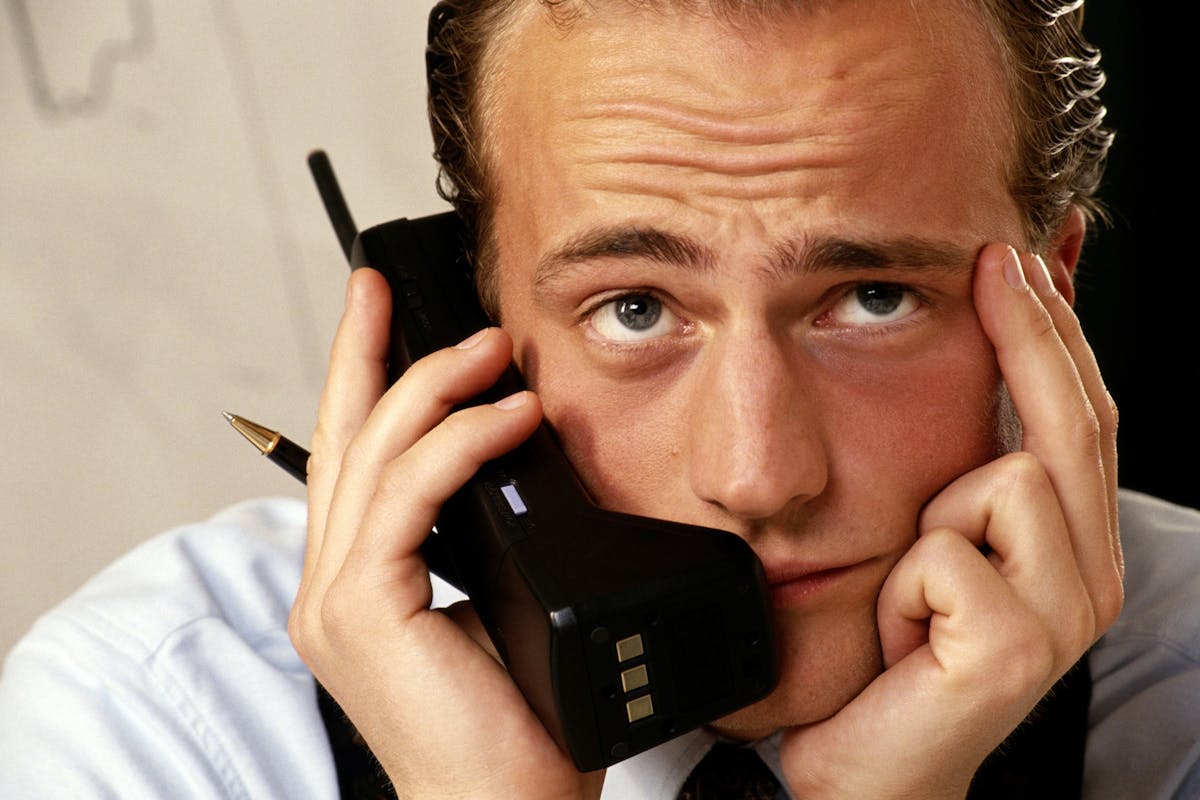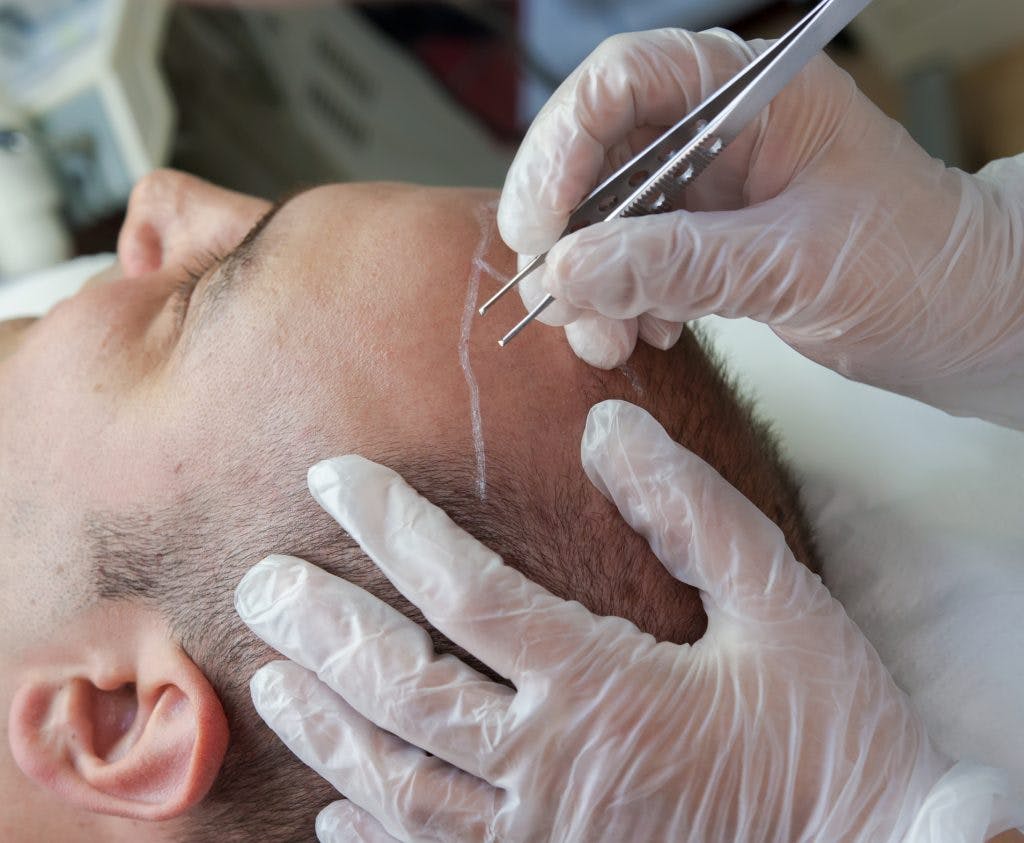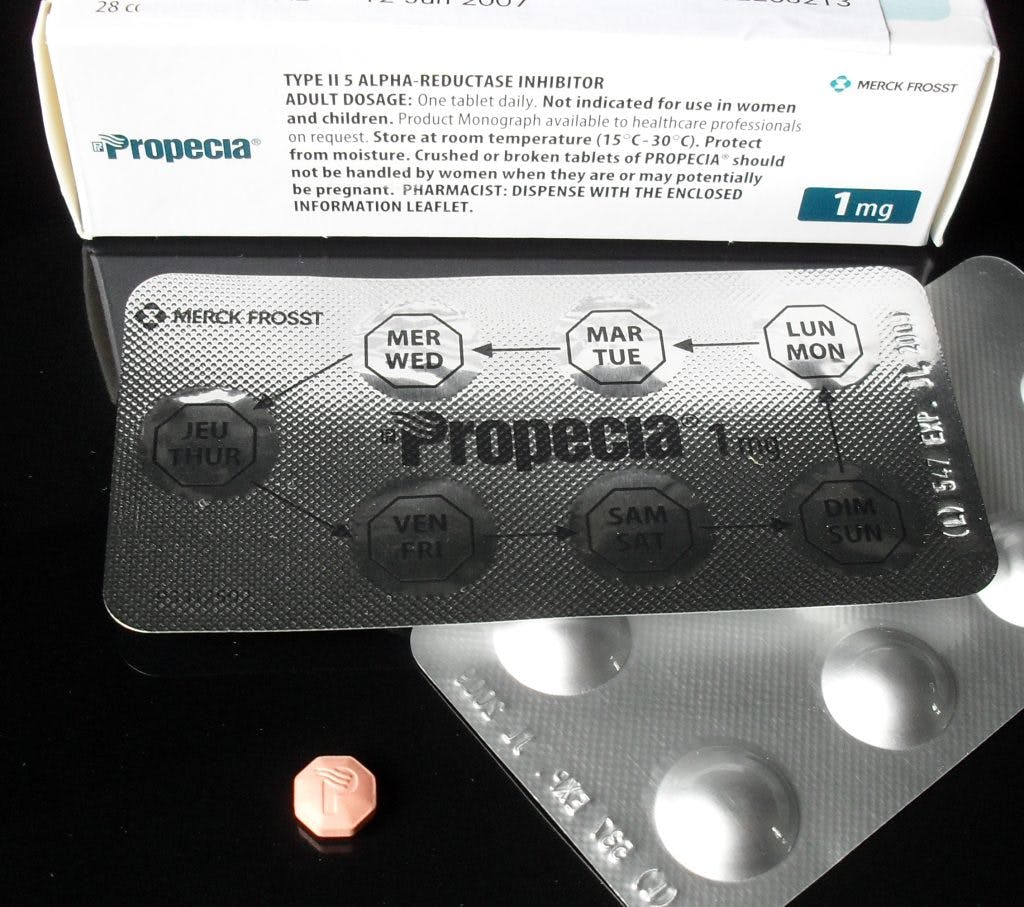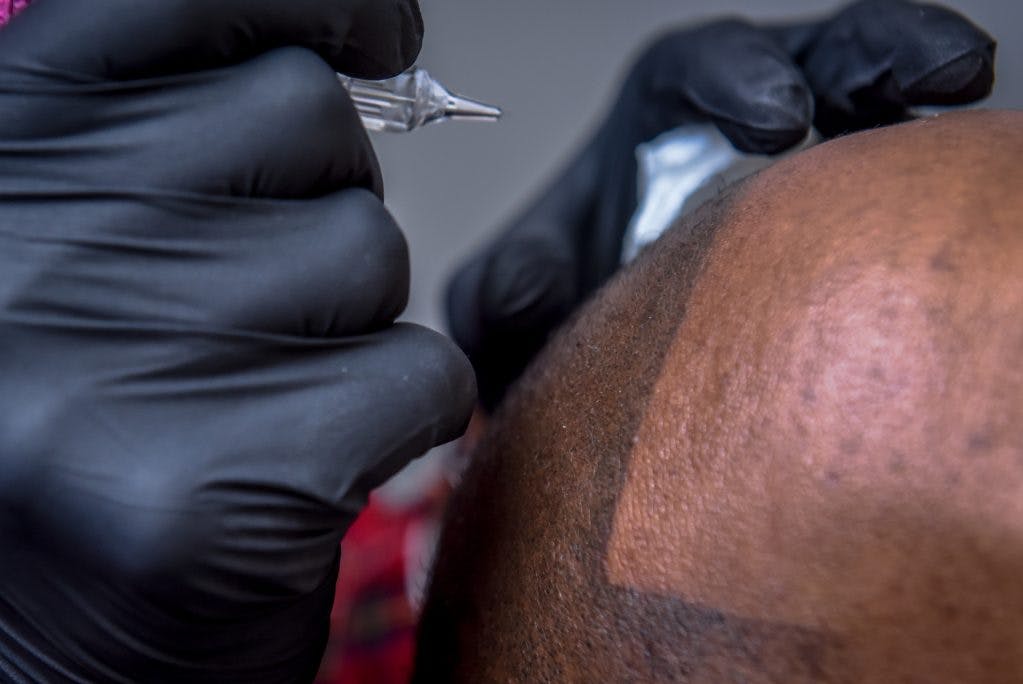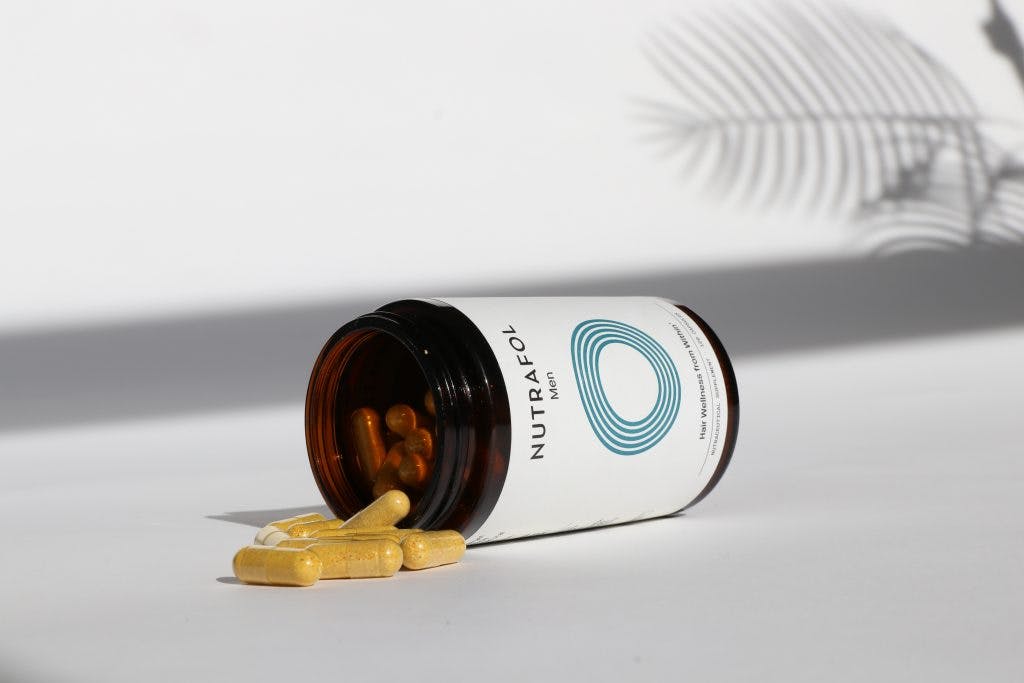Modern men are changing the script on hair thinning and preservation; it isn’t just a middle-aged man’s game anymore. Much like women in their twenties and thirties are taking a proactive approach to skin aging, millennial men are finding new ways to age-proof their hairlines.
Throughout the last few decades, guys have addressed hair thinning with topicals, drugs, and advancing surgery techniques. Today, men’s options have evolved to the current frontier of hair wellness, which is centered on the science of natural ingredients and whole-body balance as an alternative. “Hair wellness is a new category that we developed,” says Nutrafol CEO Giorgos Tsetis. “It’s perfectly in line with our approach to addressing the root causes instead of symptoms.”
While men’s hair thinning isn’t a new problem, our solutions keep advancing with the times. Read on to see how the options for men’s hair health have evolved over the past 40 years.
